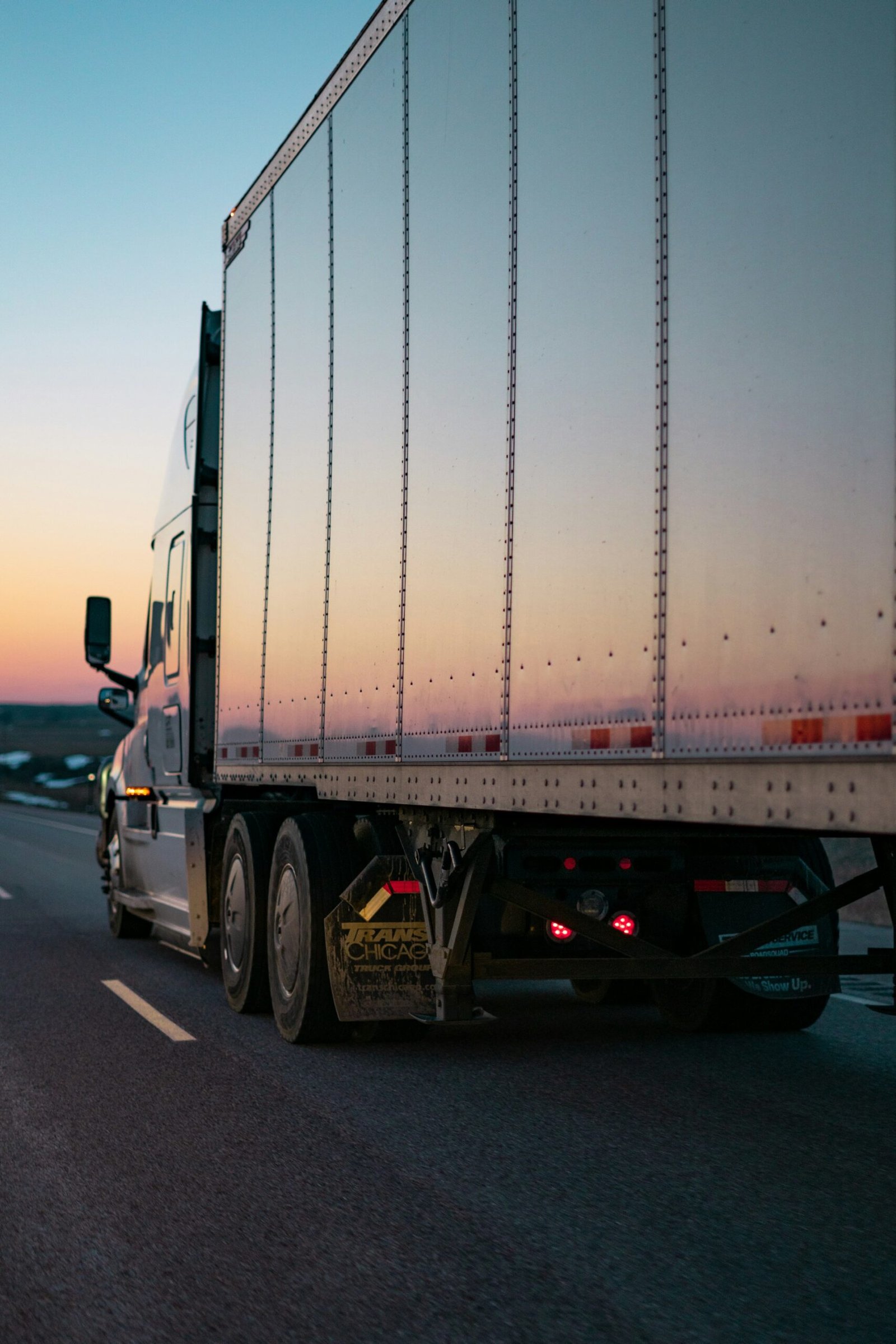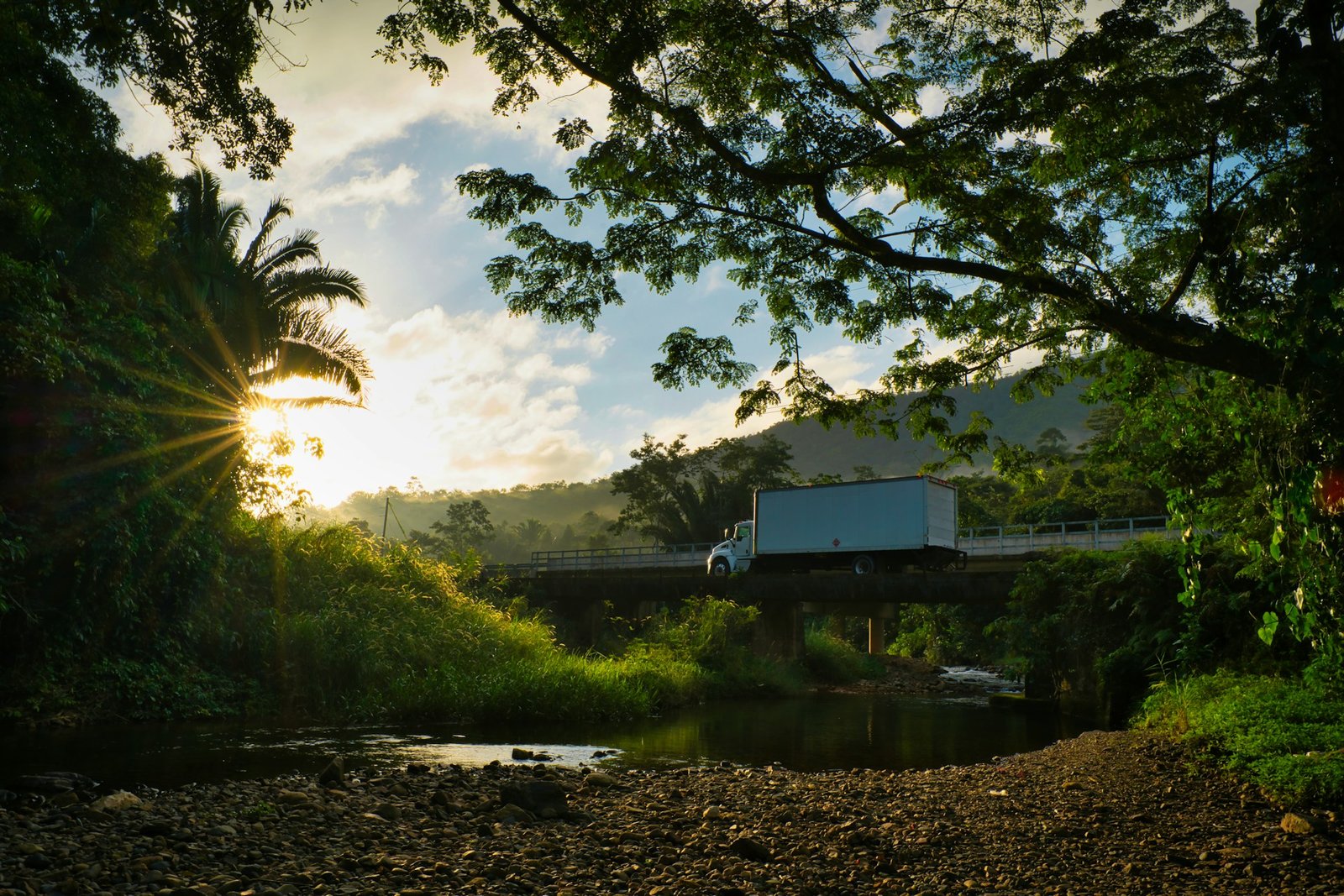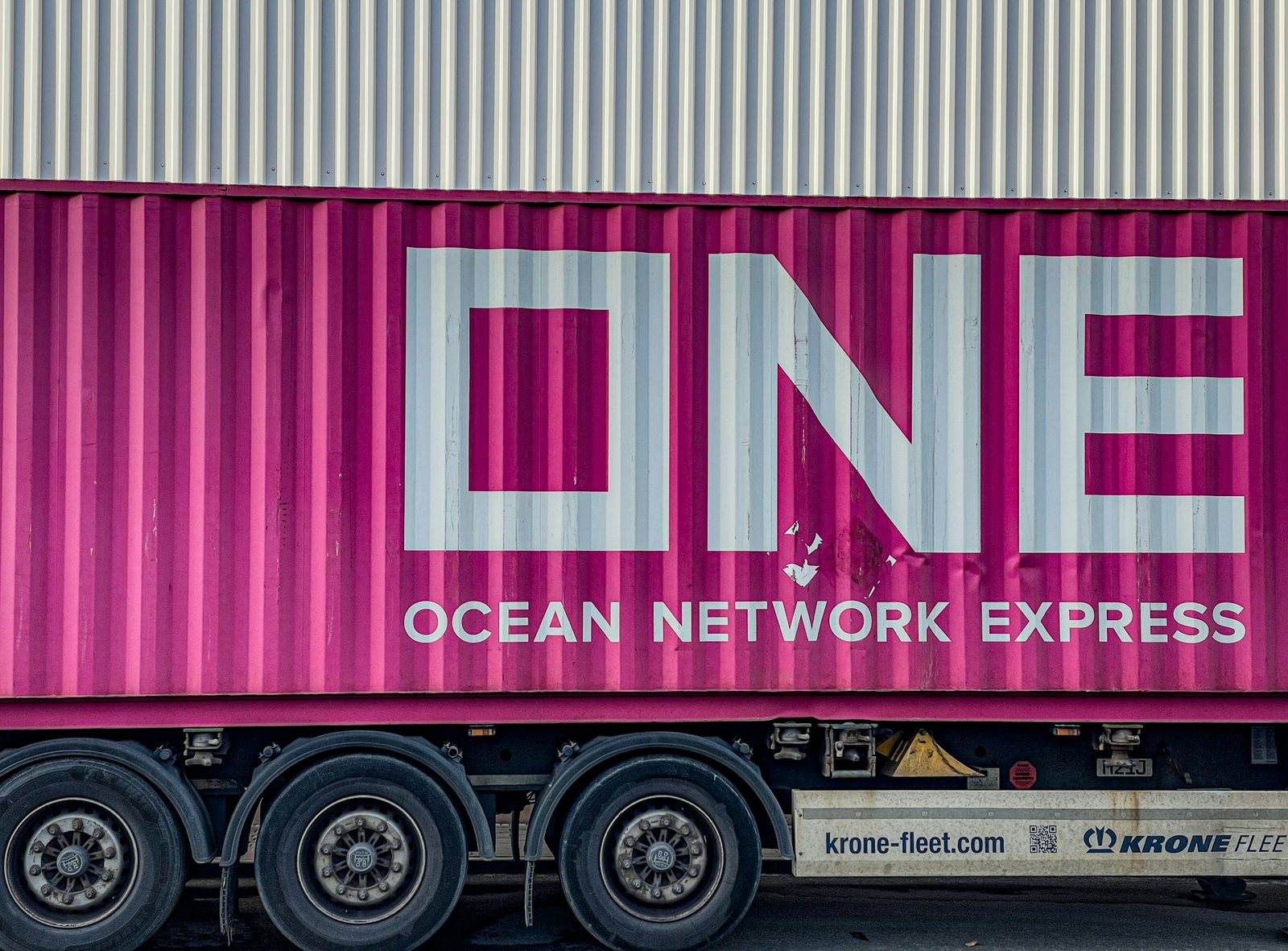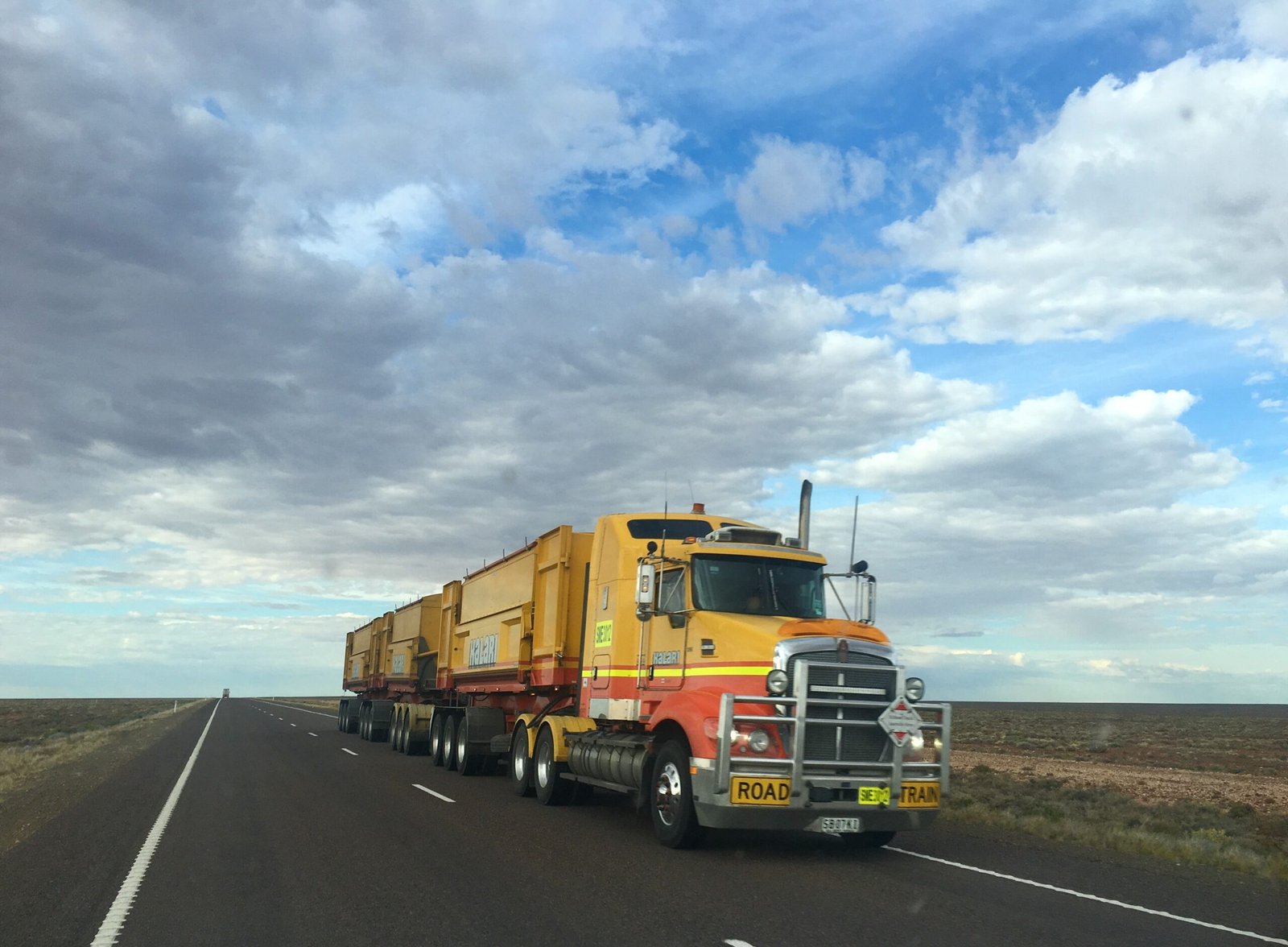Accidents involving commercial trucks carry unique complexities because they fall under specialized rules that govern the trucking industry. These regulations shape investigations, liability, and eventual compensation.
One of the first questions after a trucking accident is whether the vehicle was operating across state lines or only within a single state. Understanding this distinction, interstate vs intrastate, is critical because it determines which set of laws will apply. This article explains how these rules differ and why they matter in trucking accident cases.

Interstate vs. Intrastate Trucking
Interstate trucking involves the movement of goods or passengers across state lines and commerce that substantially affects more than one state, even if the travel is only within one state. Intrastate trucking involves moving goods or passengers wholly within the borders of a single state.
Interstate trucking is regulated by the Federal Motor Carrier Safety Administration (FMCSA), which applies nationwide. Intrastate trucking is regulated by each state’s Department of Transportation (DOT).
This is not merely academic. After an accident, this will determine who investigates the accident, which records will be reviewed, and how collateral will be determined.
The Regulatory Structures That Affect Accident Cases
Interstate drivers must comply with federal standards that include:
- Hours-of-Service limits on driving time.
- The mandatory use of electronic logging devices.
- Rigorous maintenance schedules.
- Similar driver qualification requirements, as the states may adopt parallel rules, but then make adjustments.
For example, Texas has lengthened Hours-of-Service limits for intrastate drivers; California imposes stricter emission and weight limits. Further, the minimums for insurance or medical certifications may be different than federal regulations.
It’s important to confirm whether a truck is subject to federal or state regulation, too. Violations attributable to either regulatory scheme – federal log book inaccuracies, or non-compliance with state weight limits – can have a meaningful role in serious accident litigation.
An Investigation of a Trucking Accident
Figuring out if a driver was operating under interstate or intrastate authority at the time of the accident can be a challenge because a truck may seem to be making a local delivery, but actually could be involved in part of an interstate delivery based on the cargo itself.
Investigators typically examine:
- Driver logs and electronically generated data.
- Bills of lading or permits showing the route of the cargo.
- Company files regarding operating authority and insurance.
Federal and state agencies might become involved, sometimes producing concurrent and conflicting oversight. For example, one agency’s rules associated with a certain matter may be stricter than the other agency’s. For victims and counsel, determining early on which jurisdiction is controlling can assist in organizing and planning the aspects of their case and ensure that evidence is kept.
Effects of Compliance and Non-Compliance for Liability and Damages
Rules regarding the operation of a truck or delivery service significantly determine how fault will be allocated. Federal regulations establish high insurance minimums for interstate carriers, which can influence the amount of compensation awarded after an accident. States may also impose their own coverage requirements for intrastate carriers.
Courts will also take regulatory violations into consideration in the determination of liability, such as if a driver has exceeded the federal Hours of Service limitations, as this may be recognized as strong evidence of negligence. On the other hand, if a carrier has complied with the proper framework, it may bolster the defense against such claims.
Consider a truck carrying cargo within a state but ultimately destined for a location outside of the state. Although the driver did not cross state lines, it is possible that courts could classify the trip as interstate commerce and therefore subject to federal oversight.
Some Practical Steps After an Accident Involving a Commercial Truck
After an accident, the following steps may assist in determining the regulatory scope:
- Determine whether the trip was interstate or intrastate.
- Obtain driver logs and bills of lading, maintenance records, etc.
- If unclear, notify both the state DOT and FMCSA.
Properly identifying the applicable rules of governing regulatory standards will help ensure that investigators and insurance groups work from the same perspective when assessing the case.
Why Regulatory Distinctions Matter for Long-Term Outcomes
The nature of regulatory oversight can impact more than just the immediate accident claims. Carriers with violations may face federal or state penalties, which can influence their safety rating and ability to operate in the future. Compliance history can also influence insurance premiums and a company’s reputation.
Accidents reveal the importance of navigating these overlapping legal frameworks. Regardless of whether the driver is held to a federal standard or a state standard, being aware of the difference can lead to a finding of liability and accountability. Trucking cases are not just about establishing negligence, but applying the appropriate governing body of law to the facts.

Important Takeaways
- Trucking accidents are governed by either federal or state regulations, depending on interstate vs intrastate status.
- FMCSA functions as the governing body for interstate trucking, while state DOTs are applicable for intrastate.
- Regulations establish liability, the applicable insurance coverage, and compensation.
- Determining the applicable framework early on can lead to stronger and more reliable investigations.
- Long-term outcomes can include compliance enforcement, reputation of the carrier, and corresponding obligations!






